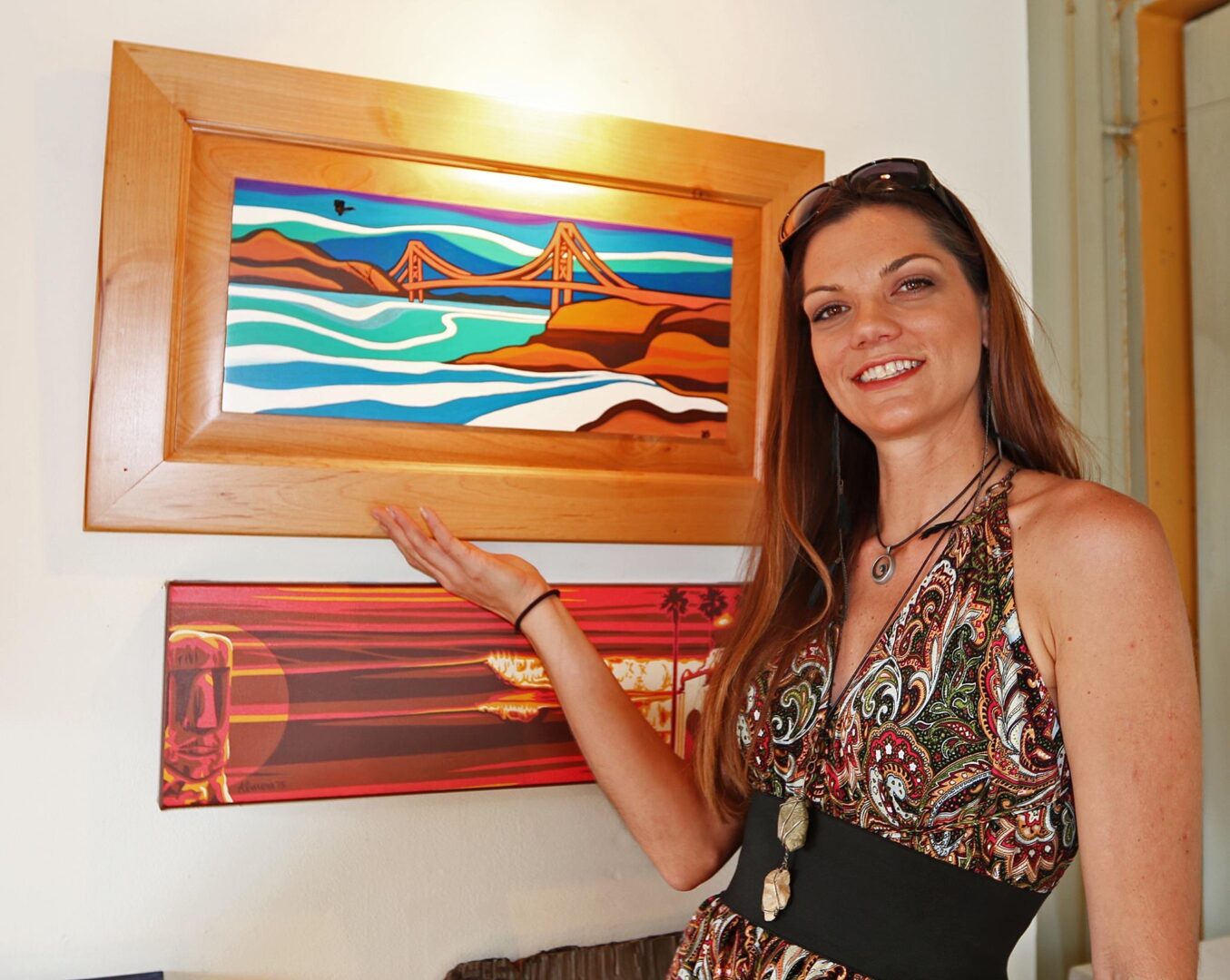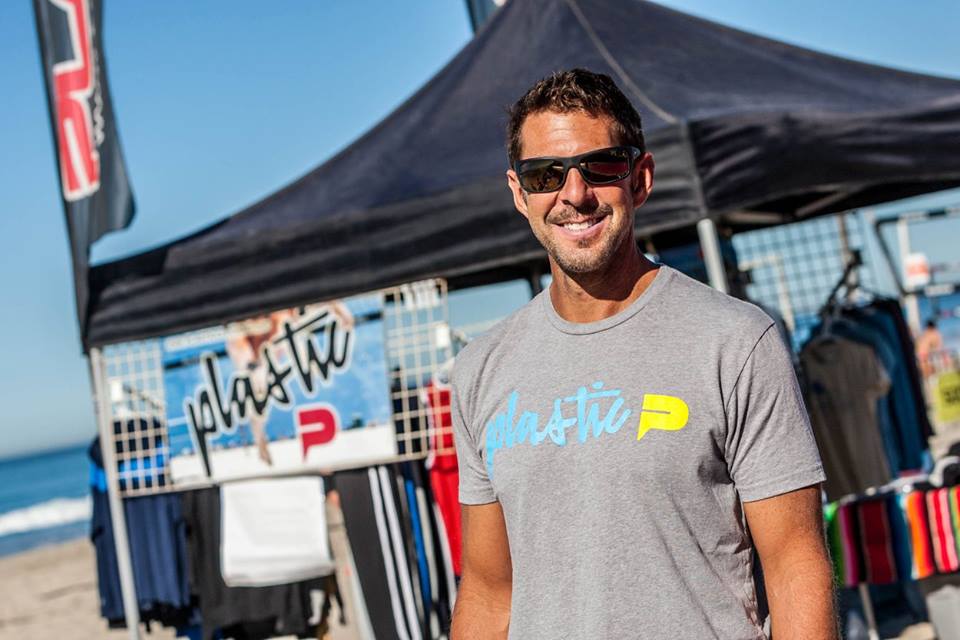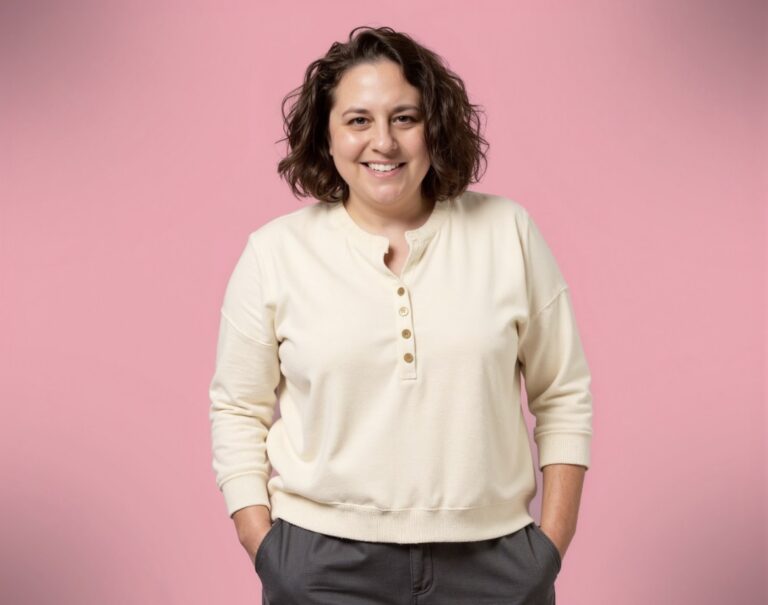We were lucky to catch up with Janessa Bookout recently and have shared our conversation below.
Janessa, thank you so much for taking the time to share your lessons learned with us and we’re sure your wisdom will help many. So, one question that comes up often and that we’re hoping you can shed some light on is keeping creativity alive over long stretches – how do you keep your creativity alive?
The first step was discovering the therapeutic aspect of developing my creativity. While I was always a creative kid who loved arts and crafts of all kinds, it was developing “real” technical art skills in high school and college that helped me build my confidence and understand the importance of expressing myself through visual art.
Art class was not just about completing assignments or making pretty pictures, I was expressing myself in a more universal language without the limitations of words. I was communicating from levels deeper than I even understood at the time.
As I learned about the importance of this kind of work and eventually graduated with a degree in fine art, I went through many ebbs and flows over the years. I always felt the best when I was creating art in my studio and the worst when I would fall into stagnation and eventually depression when I stopped making art sometimes for months at a time.
As a professional artist I committed myself to always having a creative space, dedicated to making art regardless of what I was doing for money. To this day I keep my studio clean and organized, ready to work on multiple projects at a time if needed. I also do my best to keep my computer files organized, my desk in order and my website up to date.
It’s these small things I do on a regular basis, to avoid friction and encourage taking creative action that helps me step into my creative space and be ready to go.
I also learned not to wait for “inspiration”. I committed myself to taking action even when I don’t feel inspired. I have found creating the momentum of taking the first few steps is the best way to shake off the doldrums and resistance that comes in all forms of procrastination, self doubt and imposter syndrome.
Basically I just put in the work as often as I can. It’s like going to the gym or committing to any new habit I schedule it in my calendar around a day job, side gigs, self care and general life duties. I make my art a priority even if it’s just an hour or two here and there at times or a full day or two in a row at other times.
I also allow myself the freedom to explore the world and feed my soul as a part of my creative life. I allow days off, self care routines and naps when I need them.
I have also learned to foster my creativity through connections to my community.
Whether I am keeping in touch with my mentors, friends and collectors, or building new relationships with my students, clients or a stranger I meet in passing.
The life of an artist is not meant to be alone in a box. Although I enjoy my studio time to the fullest I also welcome outside experiences to feed my soul so there is something worth sharing when I do return to my creative work.
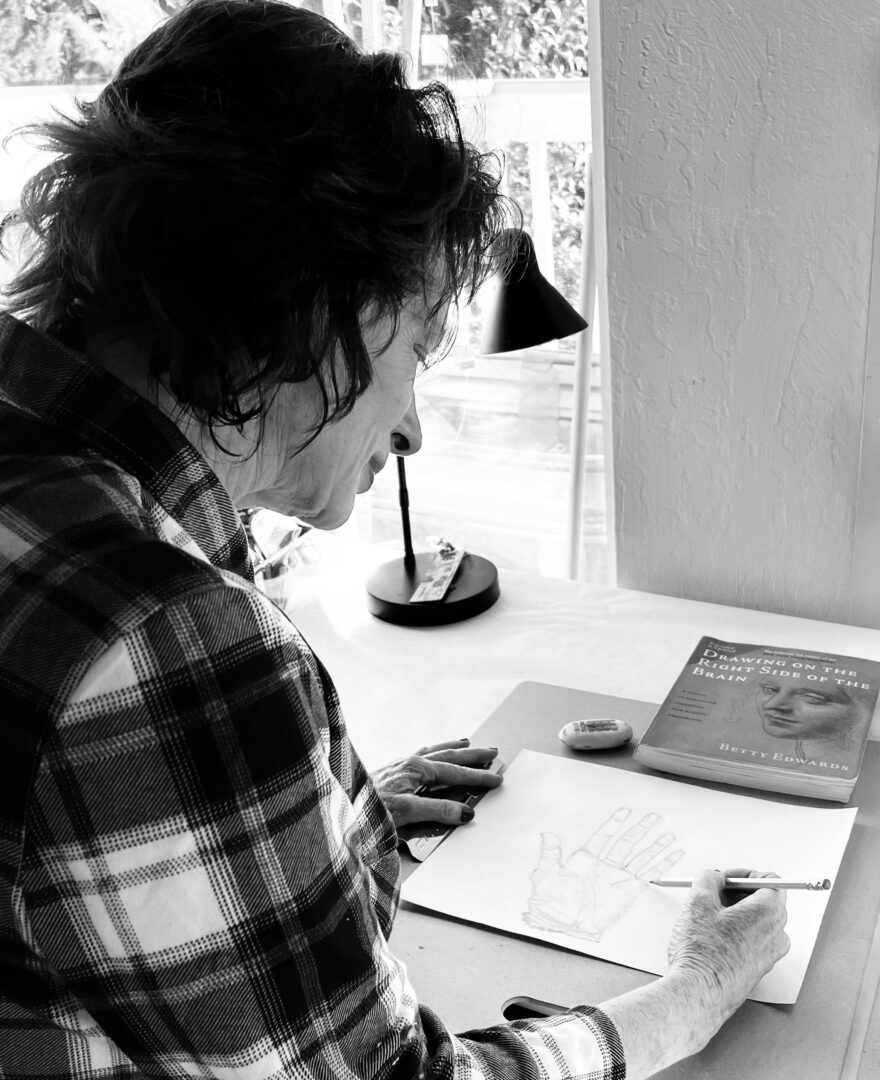

Appreciate the insights and wisdom. Before we dig deeper and ask you about the skills that matter and more, maybe you can tell our readers about yourself?
I am always an artist first but I do all kinds of things in my professional life. Currently I work a part time job managing a small fabrication shop for Newport Awning Company in Orange County California. I do all kinds of things for them from 3D renderings and shop drawings to project management, written proposals, website development and bookkeeping.
I also work for myself and with my partner in life as we manage our own small businesses, DMZ Surfboards and Janessa Bookout Art from our home office in Huntington Beach, CA. I do everything from my own studio work to website development and bookkeeping.
I also work with individual clients to help them with their creative endeavors whether it be art lessons, business support or life coaching. My motto is always “I am here to help however I can”. There is no one size fits all approach to being an artist but I do believe in offering a strong basis in technical art skills while also offering business support, emotional guidance and general accountability to help each artist achieve their unique goals.


Looking back, what do you think were the three qualities, skills, or areas of knowledge that were most impactful in your journey? What advice do you have for folks who are early in their journey in terms of how they can best develop or improve on these?
1. Public Speaking: I was in middle school when I learned to carry myself with confidence and self-respect as I began performing at competitive speech and debate competitions. This level of confidence carried over into my modeling/acting career as well as my life as a professional artist and small business owner.
2. Realistic drawing from observation and basic color mixing: it was these basic lessons that were the foundation of all my deeper explorations into visual art. I often say it’s like learning your abc’s and basic vocabulary before learning to later write in full sentences, paragraphs and essays. Many people believe art is only a god given “talent” but myself, my classmates and now my students are living proof that anyone can learn to be an artist if they are willing to put in the work.
3. Be your own business: I spent far too long playing small and believing someone would “discover” me to build my success. It wasn’t until I began treating my art career as a small business that I finally began feeling like a professional. I had to hold myself in high regard and put in the work to find my audience before anyone else could find me and resonate with my work.
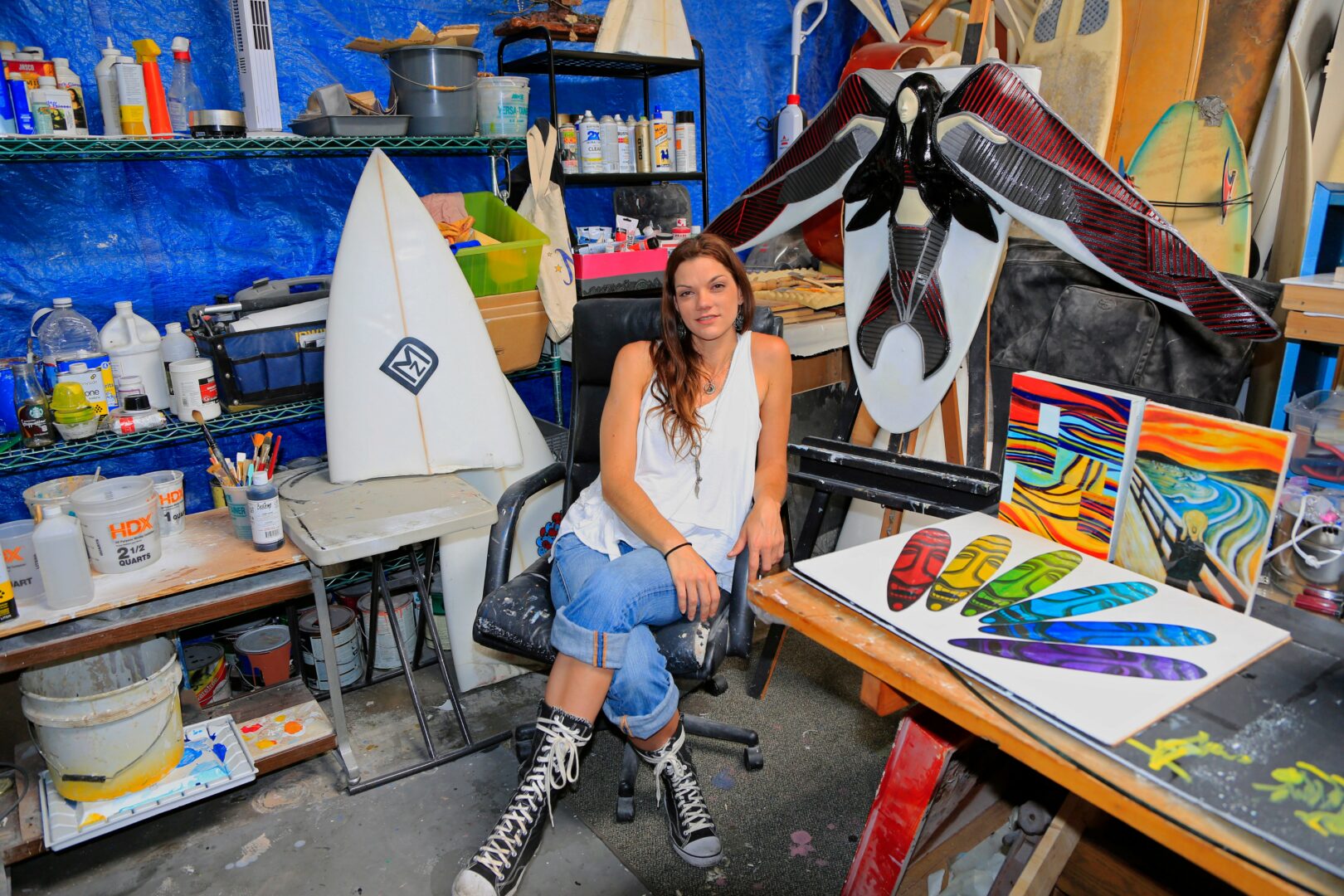

Tell us what your ideal client would be like?
My ideal clients come in several forms but I will describe them here in groups:
1. Creative people who don’t feel like “real artists”: these clients already have the desire and inclination to to create but haven’t been taught the fundamentals so I have found they can truly blossom with some basic lessons, gentle guidance and regular accountability meetings to keep them on track.
2. Professional artists and creative small business owners who are overwhelmed with business: I am unusually good at translating an artistic vision into a business structure like a website, brand or even a bookkeeping system that will help simplify their life and/or expose them to new audiences through the digital world.
3. Teens and tweens who need creative enrichment: while this area is relatively new for me, I have realized how impactful my education was in the middle school and high school age brackets as I was developing my identity, so I would love to get involved with more after school arts programs or one-on-one mentorship for teens and tweens. In a world that is so dominated by technology and digital devices I think it’s more important than ever to get kids away from screens and making things with their hands or exploring culture in the real world.
Contact Info:
- Website: https://JanessaBookout.com
- Instagram: @janessabookoutart
- Facebook: https://Facebook.com/janessabookoutart

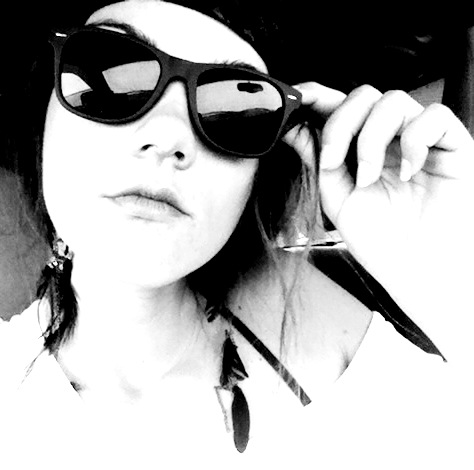
so if you or someone you know deserves recognition please let us know here.

